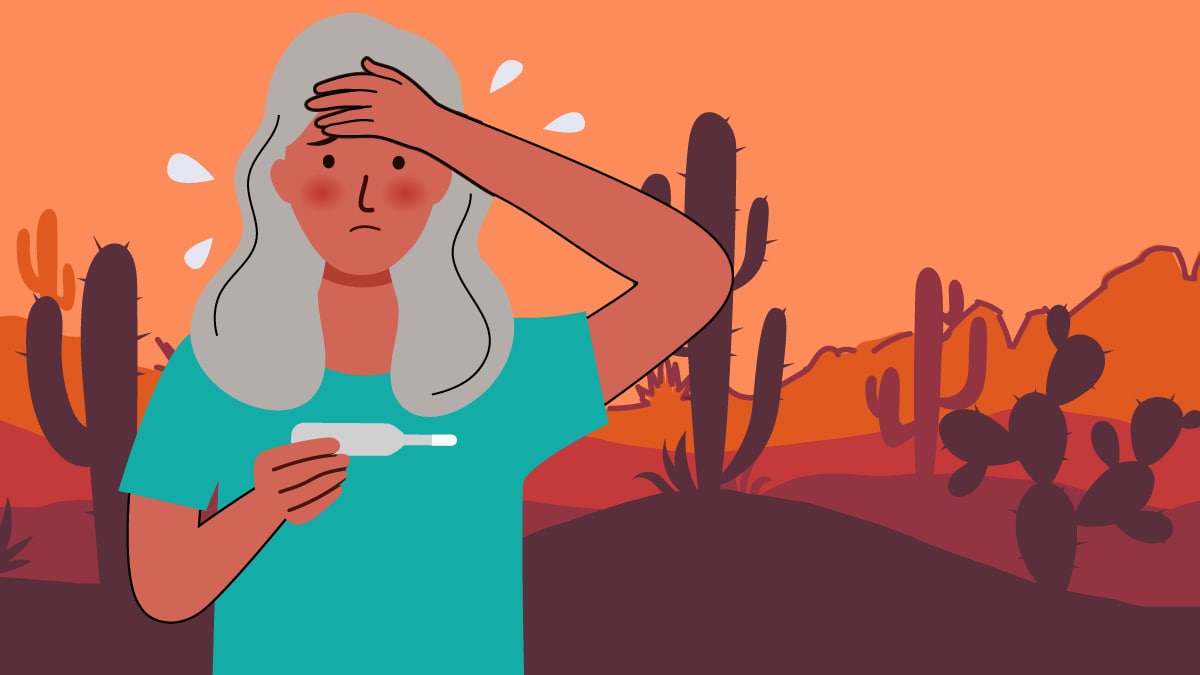Key points
- Valley fever (coccidioidomycosis) is a lung infection caused by breathing in spores from the fungus, Coccidioides.
- Coccidioides lives in soil in some areas in the southwestern U.S. and south-central Washington state.
- Usually, people who get sick with Valley fever get better on their own, but some people will need antifungal medication.
- Valley fever is often misdiagnosed, delaying treatment when needed.
More Information

Overview
Valley fever (coccidioidomycosis) is a lung infection caused by Coccidioides, a fungus that lives in the soil. The fungus is found in the Pacific Northwest and southwestern United States, and parts of Mexico, Central America, and South America.
People can get Valley fever by breathing in the spores from Coccidioides. Some people breathe in the spores and never get sick. Valley fever causes typical lung infection symptoms like cough and fever.
Certain groups of people are at increased risk for more severe illness. While it is very rare, the infection can spread to other parts of the body (called disseminated infection). Early treatment with antifungal medications can save lives.
Because Valley fever has the same symptoms as pneumonias caused by bacteria or viruses, it is often misdiagnosed or undiagnosed. This can lead to ineffective treatments or delays in appropriate antifungal treatment for people who need it.
Pets can also become infected. Valley fever does not spread from person to person or between people and animals.
Resources
Symptoms
Some people who are exposed to the fungus never have symptoms. Other people may have symptoms that include:
- Fatigue (tiredness)
- Cough
- Fever and headache
- Shortness of breath
- Night sweats
- Muscle aches or joint pain
- Rash on upper body or legs

Severe infections
Approximately 5 to 10% of people who get Valley fever will develop serious or long-term problems in their lungs. In an even smaller percent of people (about 1%), the infection spreads from the lungs to other parts of the body. This includes skin, bones, joints, or brain (meningitis).
Treatment
Many people get better on their own within weeks or months without any treatment. However, some people need treatment to reduce symptoms or stop them from getting worse.
Severe infections or infections that spread to other parts of the body require antifungal medication and may require hospitalization.
